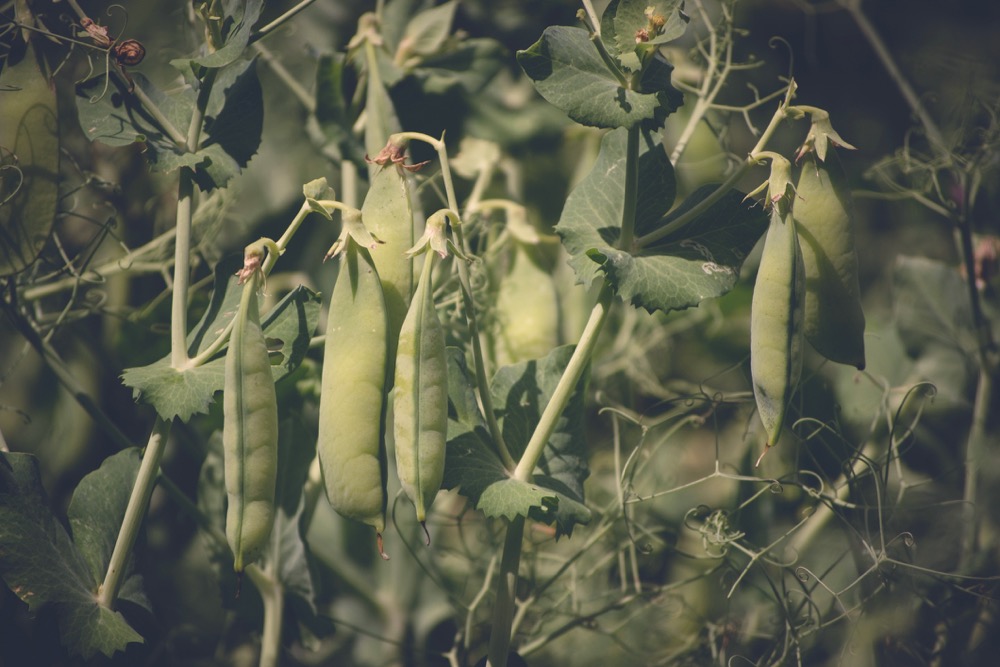A better chance of rain was expected late this week in portions of the drought-stricken U.S. Midwest, bringing some relief to the struggling corn and soybean crops, an agricultural meteorologist said on Wednesday.
"The U.S. weather model has a little wetter forecast than yesterday, but overall it looks like a similar pattern in August that we saw at the end of July," said Jason Nicholls, meteorologist for AccuWeather.
Nicholls predicted 0.25 to 0.75 inch of rain could fall from now into the weekend in the northern and eastern Midwest, with about 70 per cent coverage. From 0.10 to 0.50 inch of rain was forecast for the central and southern Midwest, with 50 per cent coverage.
Read Also

Pulse Weekly: Yields coming into focus
Provincial agricultural departments are reporting pulse yields higher than Statistics Canada’s September estimates.
Another front was expected later next week, bringing similar amounts of rain, Nicholls said, but temperatures were forecast to soar again after cooling off a little over the weekend.
"Sunday will be cooler with highs in the upper 80s degrees Fahrenheit, but it will get hot again with highs in the 90s and a few 100s," he said.
Commodity Weather Group (CWG) on Wednesday also forecast a wetter outlook for the southern Midwest for Thursday and Friday, and said the chance of rain in the Delta had improved.
"The best chances for relief to soybeans are in Nebraska, the southern half of Illinois and Indiana, and the southern third of Ohio," said CWG’s meteorologist Joel Widenor.
Chicago Board of Trade (CBOT) corn and soybean futures prices were driven to record highs in late July as the worst drought in more than a half century spread throughout the country’s heartland.
Prices for each were down more than one per cent on Wednesday on the outlooks for some showers in the parched corn and soybean growing fields.
The U.S. Department of Agriculture on Monday rated 24 per cent of the corn crop in good-to-excellent condition as of Sunday, and 29 per cent of the soybean crop in good-to-excellent shape, both down 2 per centage points from the previous week.
The ratings for each were the worst since the comparable week in 1988, another year of severe drought in the nation’s crop-growing mid-section.
Analysts and crop experts said further declines in condition ratings could be expected next week because the weather still stressed each crop.















